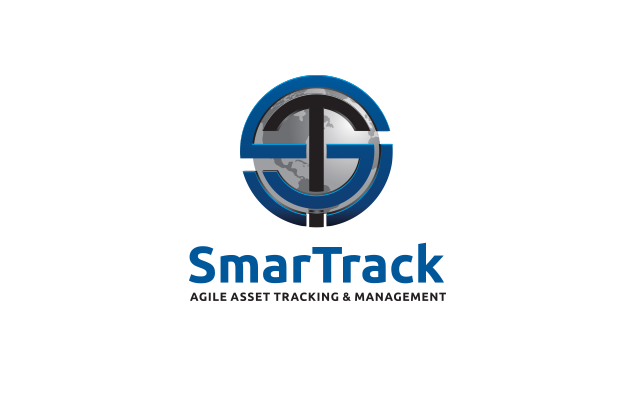 See Our Products
See Our Products
Tagging Options
1D BARCODE
The first barcodes implemented worldwide were 1D (one-dimensional) barcodes. These linear codes only contain alphanumeric data. Each character in the code represents something different about the product and a database provides information on what each character means.
2D BARCODE
Two-dimensional (2D) barcodes look like squares or rectangles that contain many small, individual dots. A single 2D barcode can hold a significant amount of information and may remain legible even when printed at a small size or etched onto a product.
IUID BARCODE
UID – Item Unique Identification is the DoD system put in place for improved trace ability of property, including the policies and practices to implement unique identification of items and the systems to support that. UID – Unique Identification is a generic term that is often used in reference to IUID.
ACTIVE/PASSIVE RFID
Active RFID (radio frequency identification) tags are continuously operating, battery-powered sensors that gather and transmit data to a reading device. An active RFID system consists of a reader, tag and antenna. Passive RFID tags do not have an internal power source. They utilize the electromagnetic waves received from a reader. Once a reader transmits to the tag, an antenna inside the device creates a magnetic field. The tag circuit uses the power generated to transmit data back to the reader.
RTLS
Real-time location systems (RTLS) are technology solutions that automatically identify and track the location of objects or people in real time, in most cases within a building such as a warehouse, shipping yard, hospital, or campus.
GPS
GPS tagging works by tracking the location of a suspect or prisoner via an ankle tag, in the same manner that food delivery or taxi apps show users where their pizza or taxi is at.